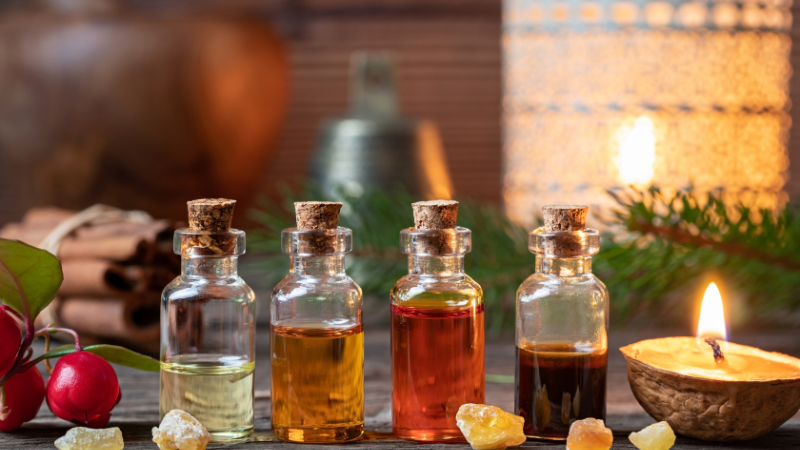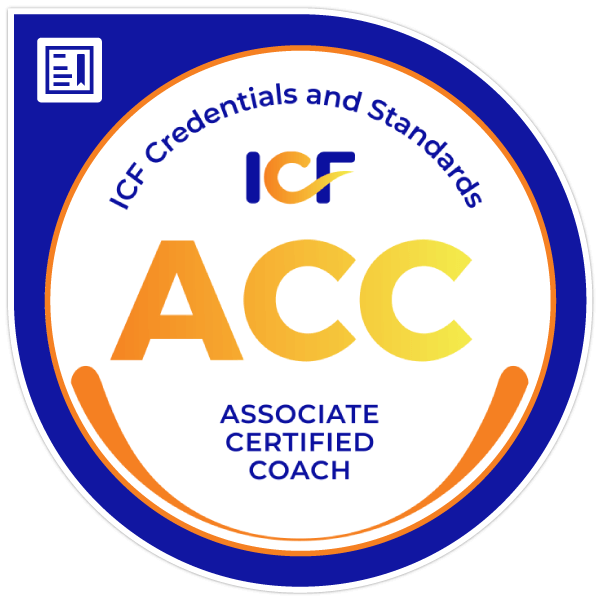Aromatic oils and perfumes have been essential in the lives of people since the days of antiquity. In biblical times, these ointments and perfumes were very significant for worship, burial, and fragrance. Moses was commanded by the Lord to take sweet spices and make incense for the priests to use during worship in the Tabernacle (Exodus 31: 34-38). Mary anointed Jesus in anticipation of his burial with a very costly perfume made of spikenard (Mark 14:3, John 12:3). After the Crucifixion, women prepared spices to put in the burial garments wrapping the body of Jesus (Luke 23:56). Spices were even used to perfume garments and furniture. The “strange woman” of Proverbs 7:17 perfumed her bed with spices as part of her seduction of the “foolish young man”. Solomon spoke of his beloved’s garments as being greater than all spices (Song of Solomon 4:11).

God has surrounded us with an abundance of plants and herbs that can be utilized for a holistic approach to maintaining a balanced state of being. Spikenard (a member of the Ginseng family) is one plant that boosts of great versatility. This sweet pungent plant is found abundantly in moist climates during the fall season. Its stalks and leaves are dried to extract the oil, which is then utilized for various purposes. Due to its stimulation of phagocytosis, spikenard, however, should not be used by pregnant women, except during labor under the guidance of a qualified health-care practitioner.
An herb traditionally used by several Native Americans tribes (the Shawnee Indians among them), spikenard’s merited use is widely recognized as part of holistic treatment and is an active ingredient in many modern medicines. Though not a substitute for medical diagnosis, spikenard has been instrumental from dietary to medicinal uses:
A. Edible
- roots, leaves, and tips can be prepared and cooked as vegetables,
- berries can be made into jelly and/or wine
- bark can be used for incense
B. Medicinal
- supports immune-system functions
- used in treatment of asthma, backaches, dysentery, eczema, gout, hay fever, lumbago, premenstrual syndrome (PMS), rheumatism
- used in expectorants for coughs associated with colds and
- whopping cough
- used to ease pain of childbirth
- used as topical salve for rashes
- used as liniment to help healing of bones, burns, swellings, wounds
C. Physiological effects
- Anti-inflammatory
- Anti-rheumatic
- Rejuvenative
- Diuretic
- Uterine tonic
- Stimulant
- Lung tonic
- Aromatic
Spikenard truly brings forth the fragrance of God’s healing power. Rather than merely treating symptoms, this little plant goes directly to the source of the problem. What a mighty God He is!
Mars, Bridgette, A.H.G. The Desktop Guide to Herbal Medicine. Basic Health Publications, Inc. Laguna Beach, CA. 2007.
“Spikenard”. The Columbia Encyclopedia, Sixth Edition. 2008.
Liberty Annotated Study Bible, King James Version. Thomas Nelson, Inc. 1975.



